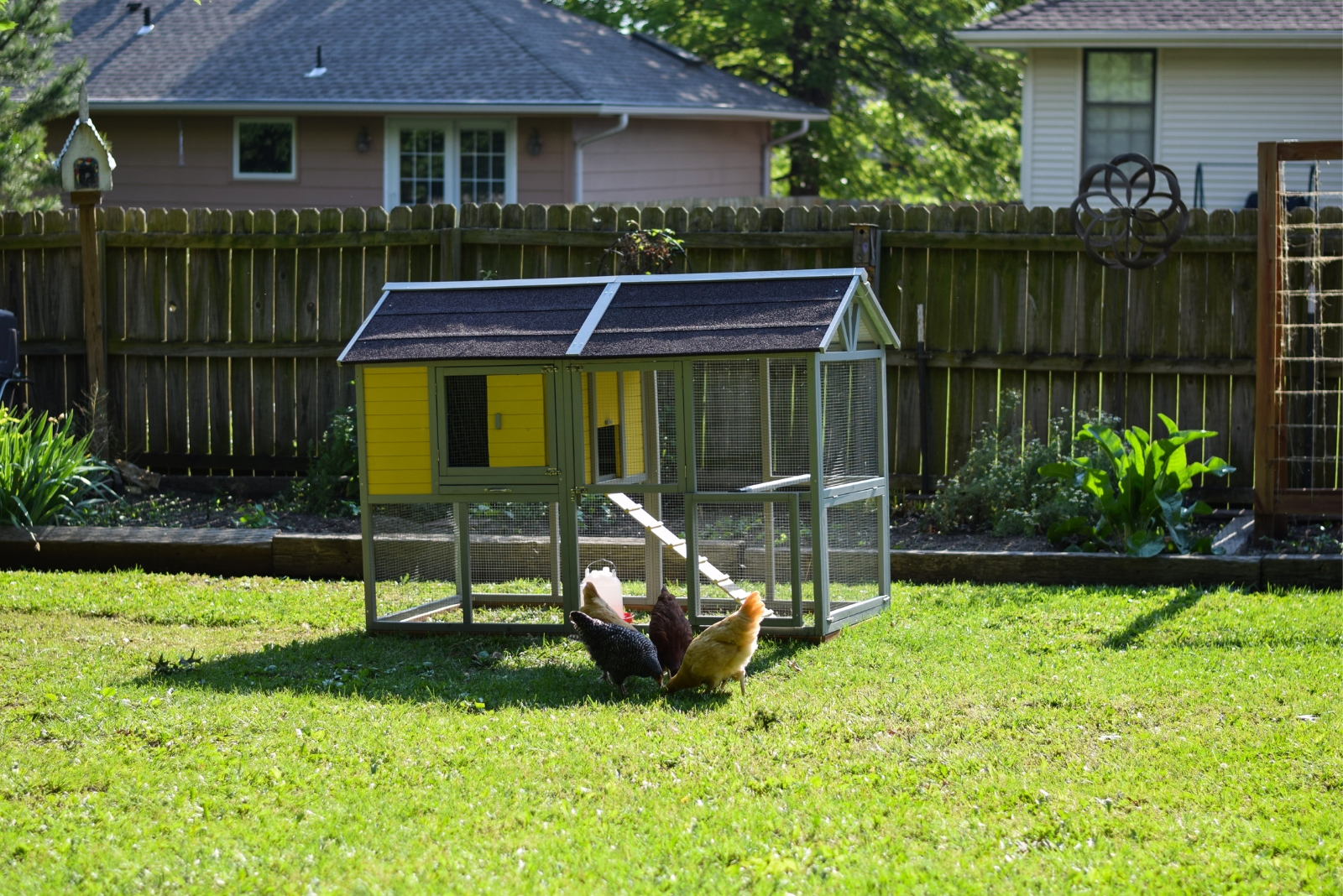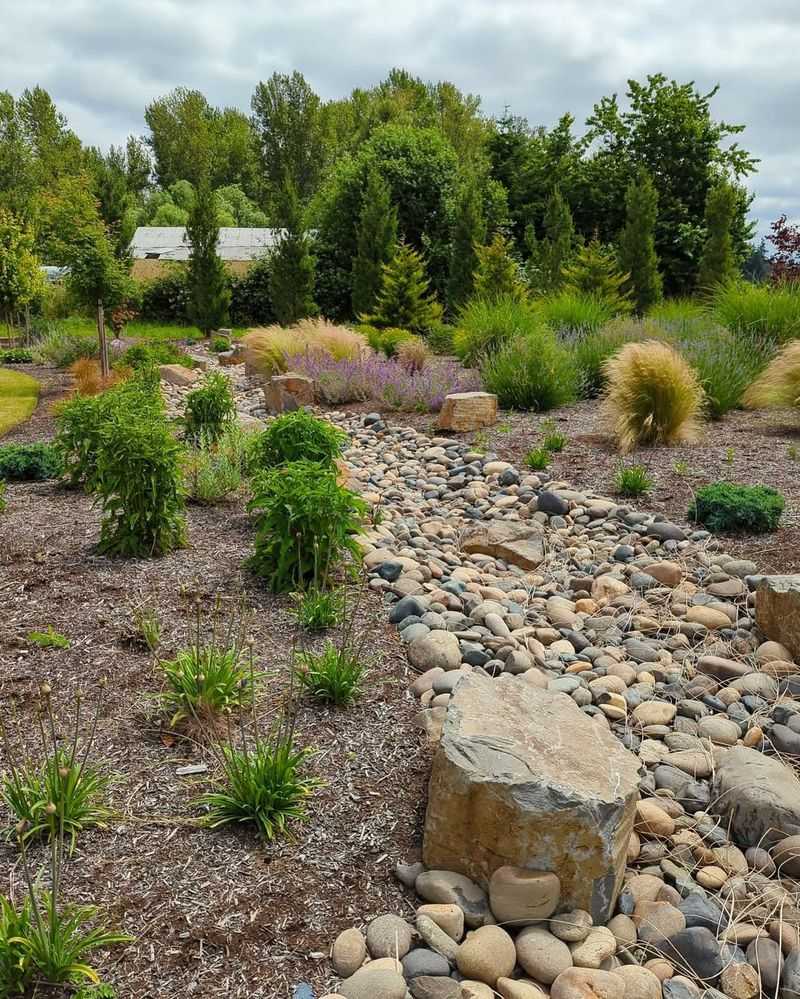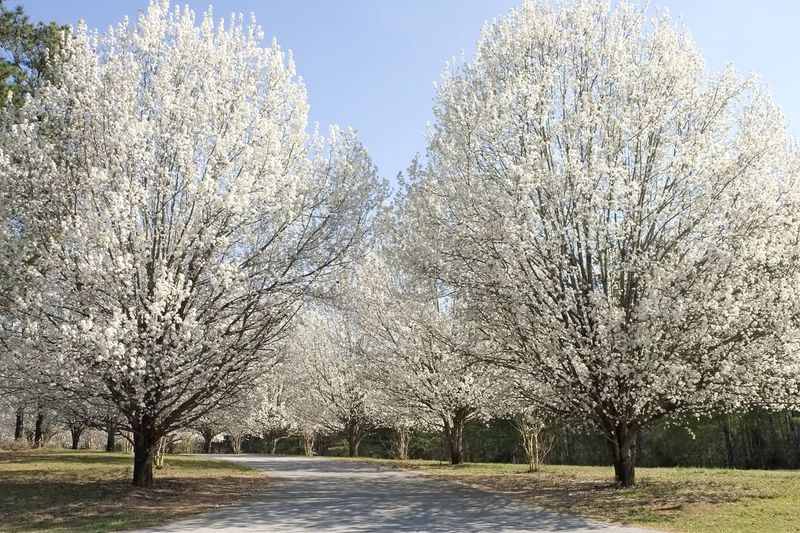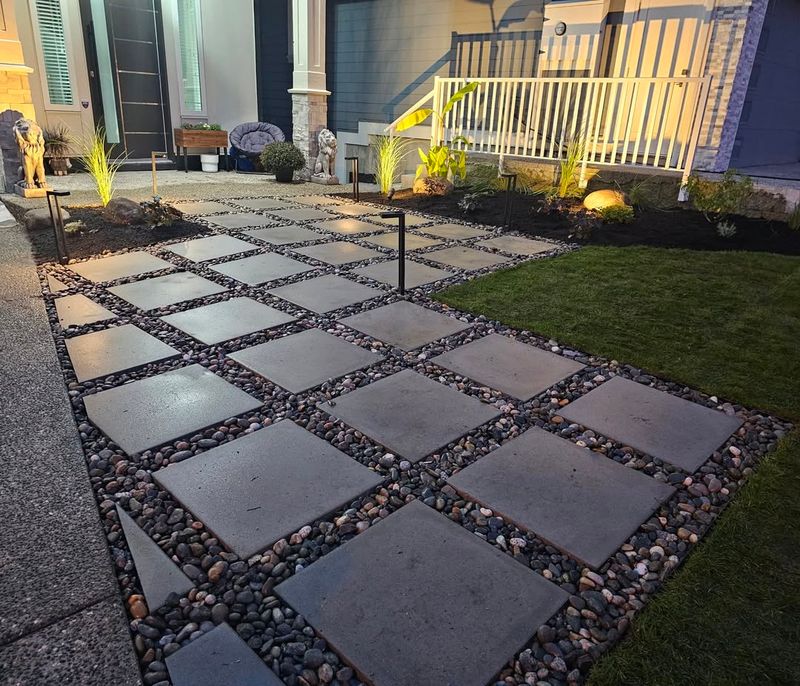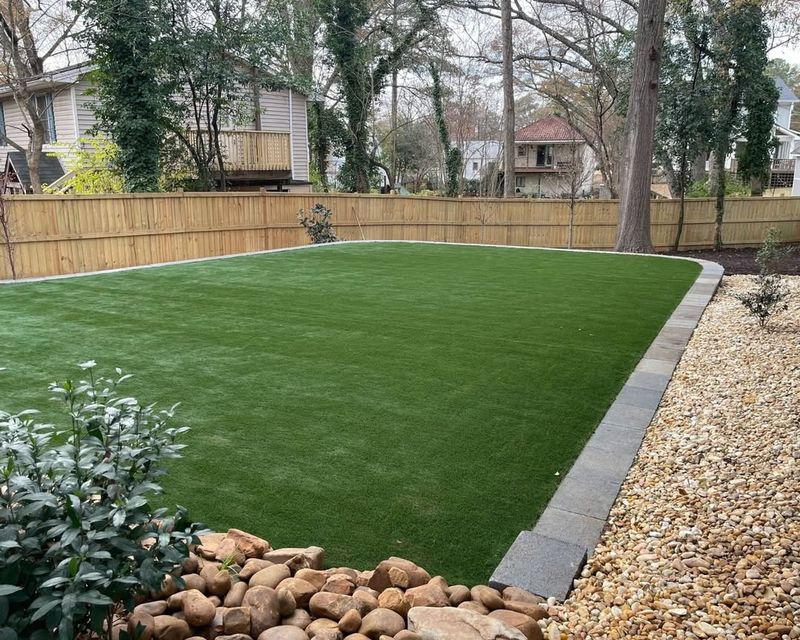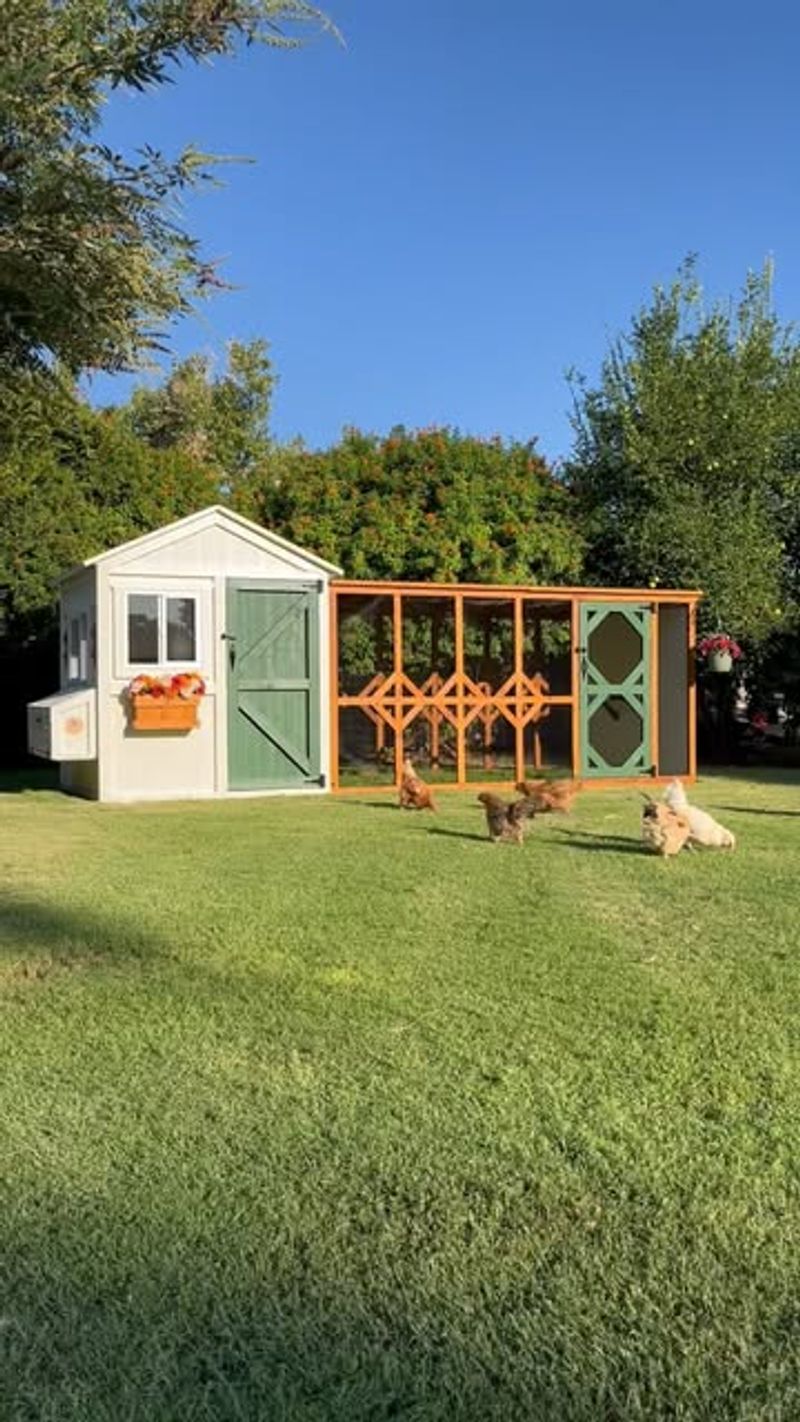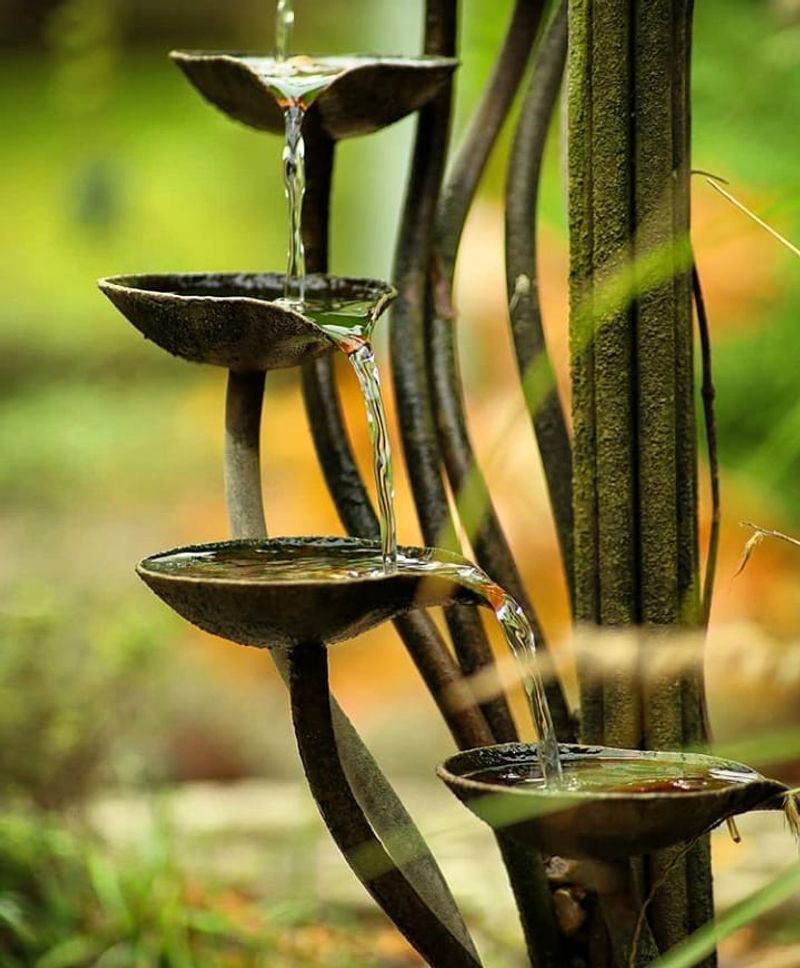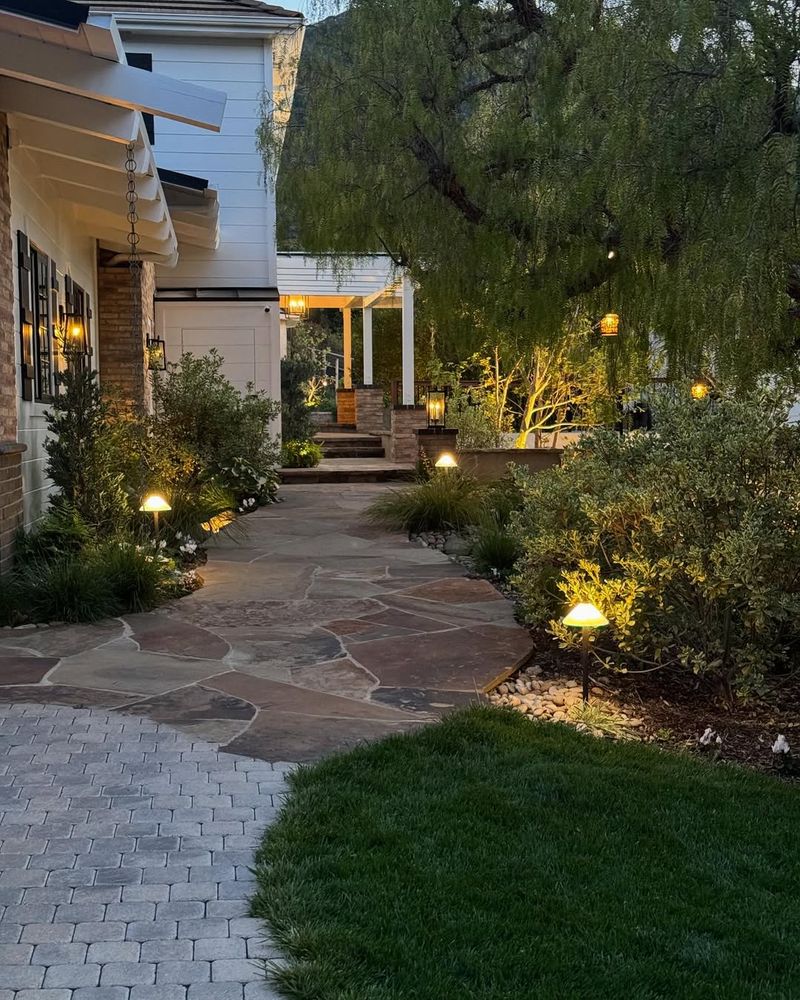Kansas neighborhoods are starting to rethink certain yard features, and I’ve seen talk about changes pop up more and more. Some items homeowners love could actually be on their way out.
It’s strange how fast regulations shift when trends or safety concerns come up. Keeping an eye on the possible changes helps you avoid surprises later.
1. Traditional Grass Lawns
Water restrictions across Kansas are making traditional grass lawns harder to maintain. Many cities now limit watering schedules during summer months when droughts hit hardest.
Native prairie grasses and ground covers use far less water while surviving Kansas weather better. They also need less mowing and fertilizer, saving you time and money.
Switching to drought-resistant landscaping protects your property value while helping the community conserve precious water resources during dry seasons.
2. Wood Burning Fire Pits
Air quality regulations in Kansas cities are tightening up, and wood-burning fire pits often create smoke that bothers neighbors. Some municipalities already restrict or ban them during certain times of year.
Propane or natural gas alternatives provide warmth without the smoke and ash cleanup. They light instantly and turn off just as quickly when needed.
Kansas residents who love outdoor gatherings can still enjoy cozy evenings by choosing cleaner-burning options that meet local environmental standards.
3. Decorative Rock Gardens
Heat islands form when too many rocks absorb sunlight, making Kansas summers even more unbearable for families and wildlife. Cities are encouraging more plant-based landscaping to cool neighborhoods down.
Rocks also prevent rainwater from soaking into the ground properly, which can worsen flooding problems. Native plants with deep roots help manage stormwater naturally.
Mixing rocks with plenty of vegetation creates visual interest while keeping your Kansas yard environmentally friendly and comfortable during hot months.
4. Invasive Ornamental Trees
Bradford pears and other popular ornamental trees spread aggressively throughout Kansas, crowding out native species that wildlife depends on. Many counties now discourage or prohibit planting them.
Their weak branches break easily during Kansas windstorms, creating dangerous situations and expensive cleanup bills. Native trees like redbuds and serviceberries offer beauty without the headaches.
Choosing appropriate trees protects Kansas ecosystems while giving your property sturdy, long-lasting shade that withstands prairie weather conditions year after year.
5. Concrete Patios and Driveways
Stormwater management rules in Kansas are pushing homeowners toward permeable surfaces instead of solid concrete. Rainwater needs somewhere to go besides storm drains that overflow during heavy rains.
Permeable pavers, gravel, and porous concrete allow water to filter through naturally. These options reduce flooding risks while recharging underground water supplies.
Kansas municipalities may soon require permits or charge fees for large impermeable surfaces, making alternative materials more attractive for budget-conscious homeowners planning renovations.
6. Artificial Turf Installations
Artificial turf gets scorching hot under Kansas summer sun, sometimes reaching temperatures that can burn bare feet. Environmental concerns about plastic waste and microplastics are also growing.
Some Kansas communities are reconsidering artificial turf because it prevents natural water absorption and contributes to urban heat problems. Disposal becomes an issue when it wears out.
Natural alternatives like clover lawns or native ground covers stay cooler, support pollinators, and break down naturally without leaving plastic behind in Kansas soil.
7. Backyard Chicken Coops
Urban chicken keeping became trendy in Kansas, but noise complaints and predator problems are causing cities to tighten restrictions. Roosters are already banned in most places, and coop regulations keep changing.
Health departments worry about disease risks when too many birds live in small spaces. Setback requirements from property lines are getting stricter too.
Kansas residents interested in backyard chickens should verify current local ordinances regularly, as rules evolve based on community feedback and public health considerations.
8. Decorative Water Fountains
Water conservation efforts across Kansas mean decorative fountains that constantly run are falling out of favor. They evaporate gallons daily during hot, windy Kansas summers.
Mosquito breeding in standing water creates health concerns, requiring chemical treatments or frequent cleaning. Solar-powered recirculating models offer better alternatives but still lose water to evaporation.
Kansas homeowners can create visual interest with dry creek beds, native plantings, or sculpture instead of water features that waste this increasingly precious resource.
9. Elaborate Outdoor Lighting Systems
Light pollution concerns are growing in Kansas communities where bright outdoor lighting disrupts wildlife patterns and bothers neighbors. Dark sky initiatives encourage downward-facing, motion-activated lights only.
Excessive lighting increases energy bills and contributes to environmental problems. Many Kansas towns now have ordinances limiting brightness and requiring shields on fixtures.
Homeowners can maintain security with smart lighting that activates only when needed, reducing costs and light pollution while still keeping Kansas properties safe after dark.

